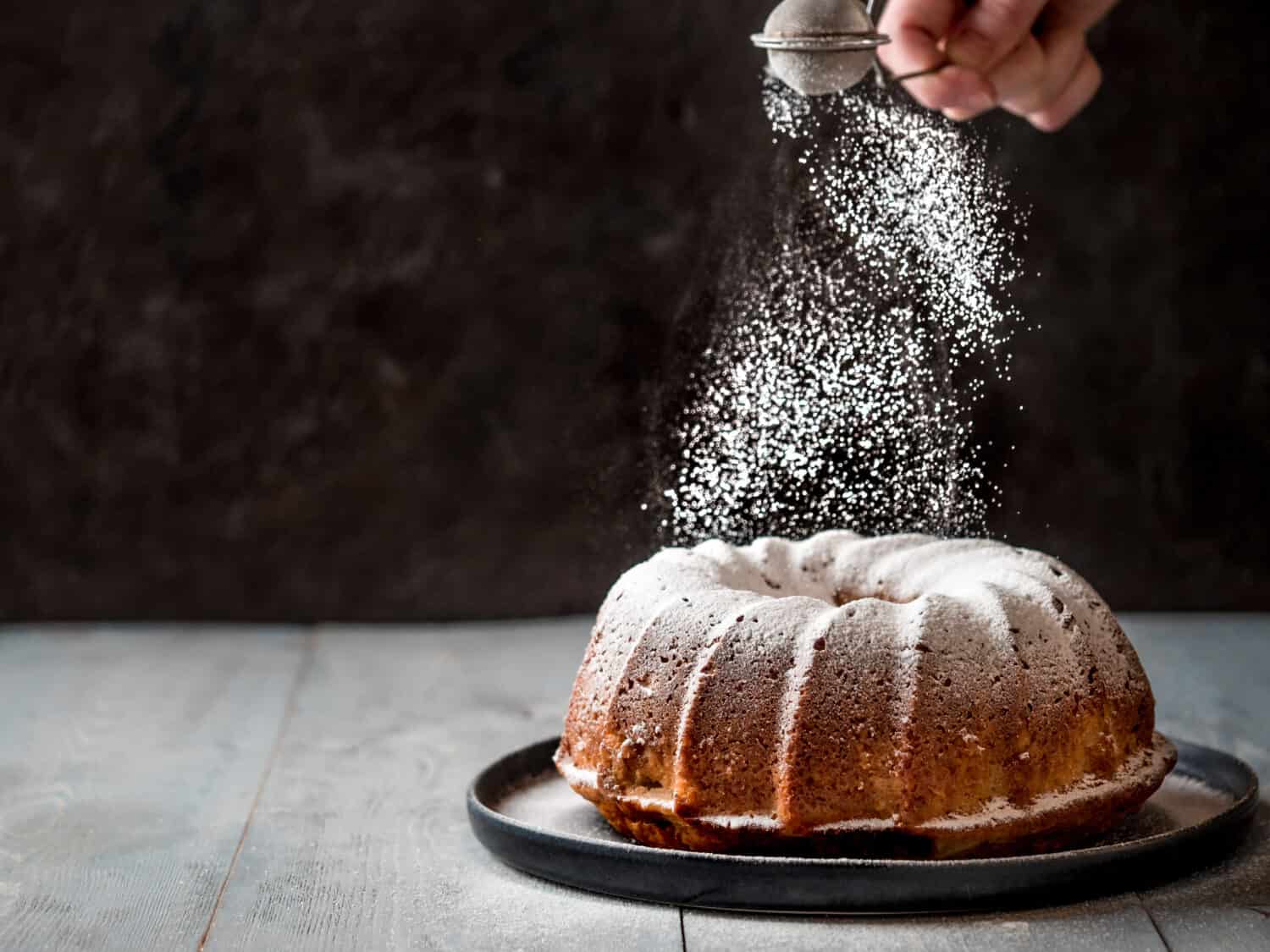When you hear the terms confectioners’ or powdered sugar, you may be thinking they're one and the same. However, there are 2 major differences that set confectioners’ sugar versus powdered sugar apart. There is cornstarch in confectioners’ sugar. Meanwhile, powdered sugar is just extremely finely milled white sugar. This ingredient difference also affects the ways in which they are used.
Most commercial powdered sugar companies will mix cornstarch into their confectioners' sugar. Cornstarch has a chemical effect on the melting point of confectioners’ sugar. This means it’s good to know how it will respond in recipes compared to powdered sugar. And to make your brain hurt all the more, we’ll throw in one more term to clear things up. In Britain, they refer to powdered sugar as “icing sugar,” because it's used to make icing. In short, confectioners’ sugar and powdered sugar are slightly different, but powdered sugar and icing sugar are the same thing with different names.
Read on to learn more about how cornstarch affects baking with either of these types of sugar. We’ll talk about when to use each sugar in particular baking, and icing recipes. You’ll also get an idea of the history of these two types of sugar. Let's learn some more information about the differences, uses, and production of confectioners’ sugar compared to powdered sugar (via The Food Network).
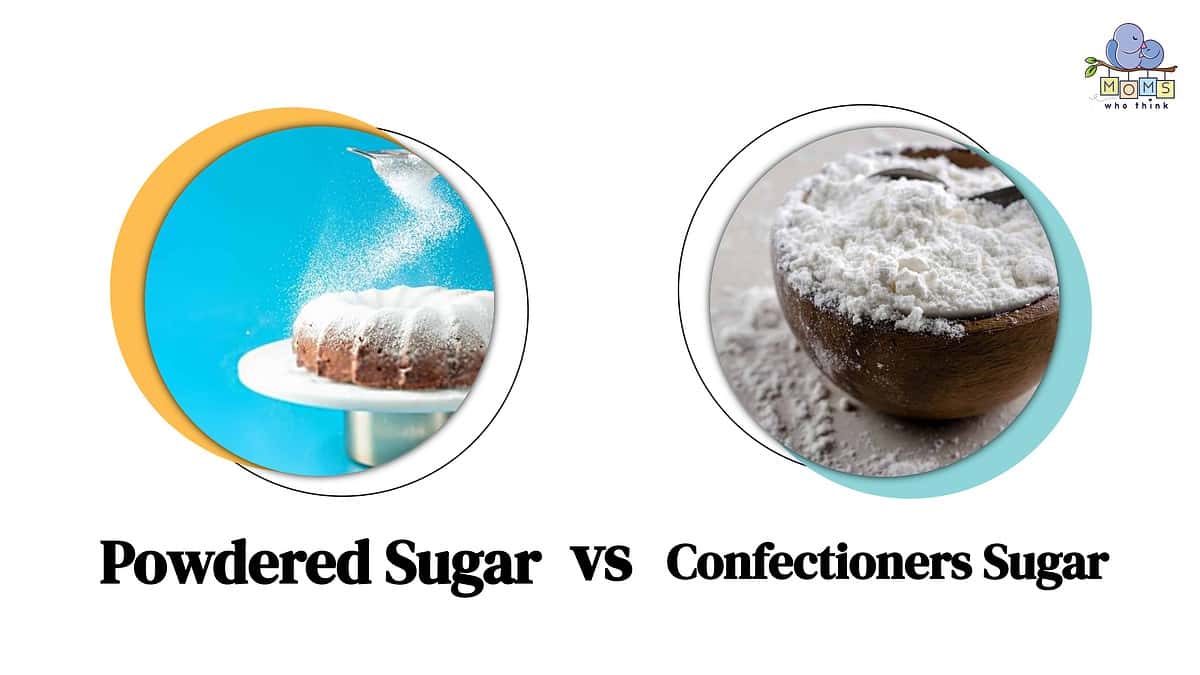
What Is The Difference?
When comparing confectioners' sugar and powdered sugar, it's important to know that the two really are similar. They vary in their composition but can serve the same purpose in most recipes. The added cornstarch in confectioners' sugar varieties of powdered sugar means the confectioners' sugar won't melt or cake when it's powdered over freshly baked desserts. Powdered sugar without cornstarch may melt easily on warm surfaces, like a cake or dessert fresh out of the oven. Therefore these two sugar types may be more practical in certain desserts. More on that a bit later.
History And Origin Of Confectioners' Sugar And Powdered Sugar
The growing, and production process of sugar from sources like sugar cane and sugar beets has existed from early as 500 BCE. The crop evolved in areas like India. And, the process was further streamlined to mill the sugar down into a powdered format. Through trade routes, and more international travel, sugar made its way to Europe in the 12th century (via Relish.com). Early on, sugar was quite the delicacy, and only the aristocratic classes could afford frosted cakes! Let's get a little more into how sugar is produced and harvested.
Modern-day sugar production happens in 120 different countries. A majority of sugar production is from sugar cane, and the remainder from sugar beets. Brazil is the largest producer of sugar, closely followed by India, the EU, and the U.S. The most common sugar types are granulated sugar, super fine sugar, and brown sugar, which has molasses in the mixture. Many types of sugar are unique in terms of how they are refined. They are also unique in what ingredients are added through the process. Both sugar cane and sugar beets go through the steps of harvesting, cleaning, juicing, clarification, and crystallization. At this step, the sugar is dried, milled and ground to get the consistency of different sugar types. The final step is packaging. And there it is, your perfectly processed confectioners' or powdered sugar, ready for use (via The Institute of Food Technologists).
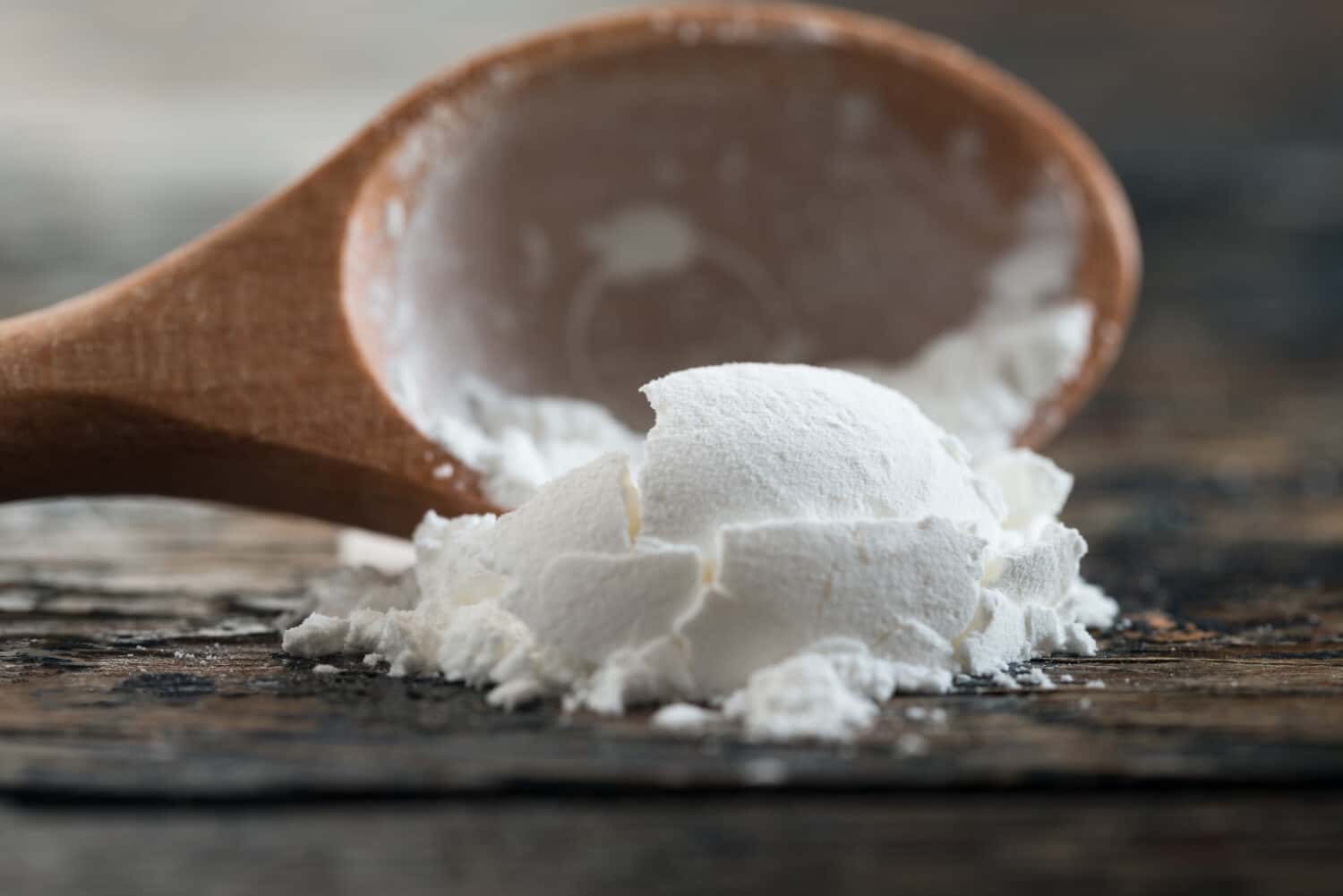
©Michelle Lee Photography/Shutterstock.com
How Powdered Sugar Is Made
Powdered sugar, also sometimes called 10x sugar, is a thoroughly ground form of white granulated sugar. Powdered sugar sans cornstarch dissolves quickly when met with heat of any kind. This makes it an integral ingredient in sugary glazes, frostings, icing, and mousses. Homemade powdered sugar can be produced with a high-powered blender and granulated sugar (via Bon Apéitit). Once it's ground into a fine powder you've got your homemade powdered sugar! And, if you want to take it a step further, add 1 tbsp of cornstarch to a cup of the pulverized sugar. Now you've got confectioners' sugar that won't melt.
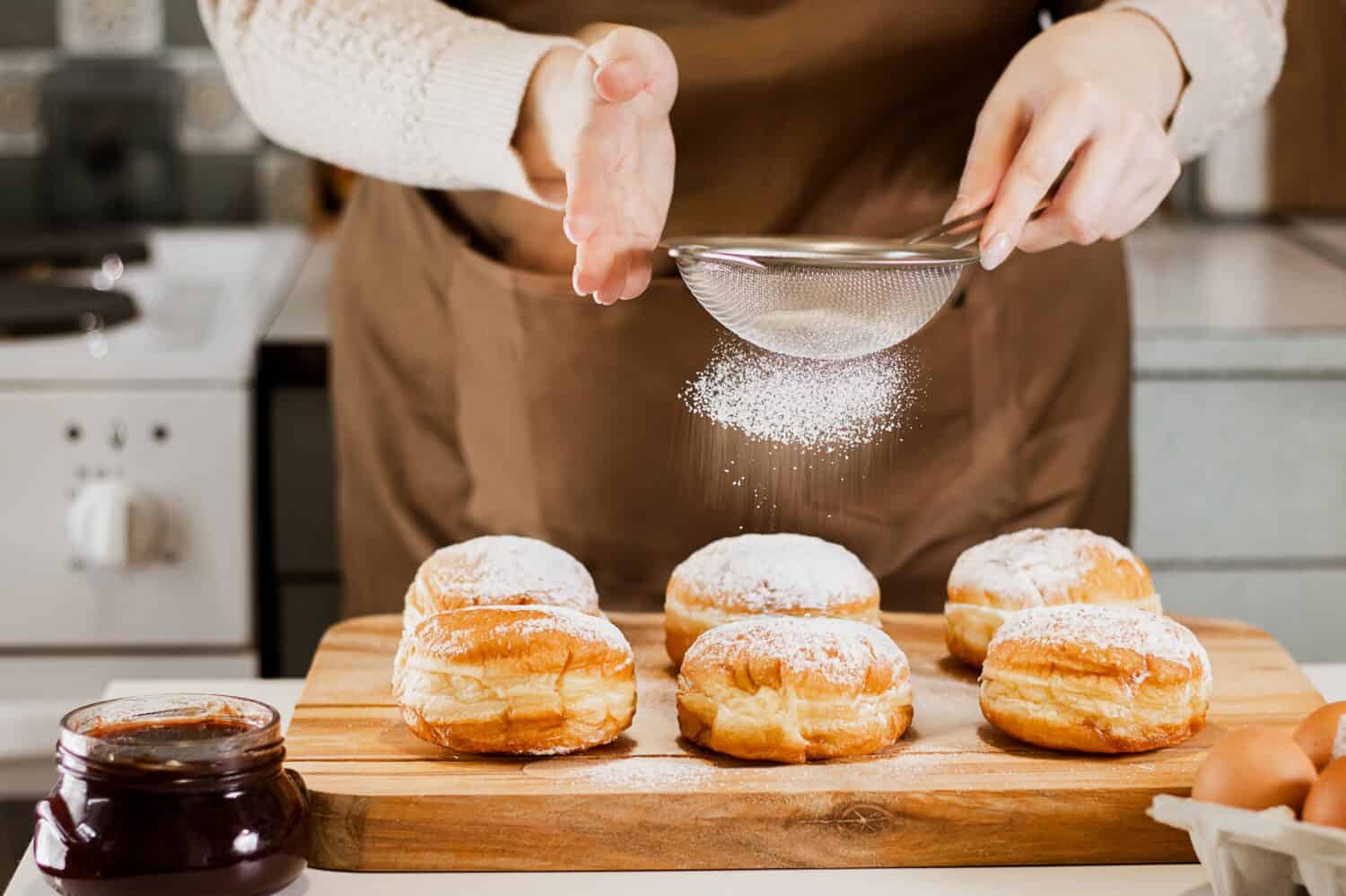
©Pelagija/Shutterstock.com
Popular Recipes Using Confectioners' Sugar Or Powdered Sugar
As we've mentioned, both confectioners' sugar and powdered sugar can be turned into all kinds of desserts. These include frostings, icings, glazes, mousses, and other smooth desserts. Let's take a look at some of the recipes that can be all the more delicious with a touch of powdered sugar in the recipe or a dusting on the top.
- Shortbread Cookies
- Red Velvet Cake, psst… it's in the frosting!
- Powdered Sugar Cookies
- Eskimo Cookies
- Sugar Glaze
- Chocolate Mousse
Nutritional Value Comparison
The cornstarch in confectioners' sugar doesn't change much about its nutritional profile, which is shown in this handy chart below. 1 Cup of both sugars have pretty exact calorie, and carbohydrate counts.
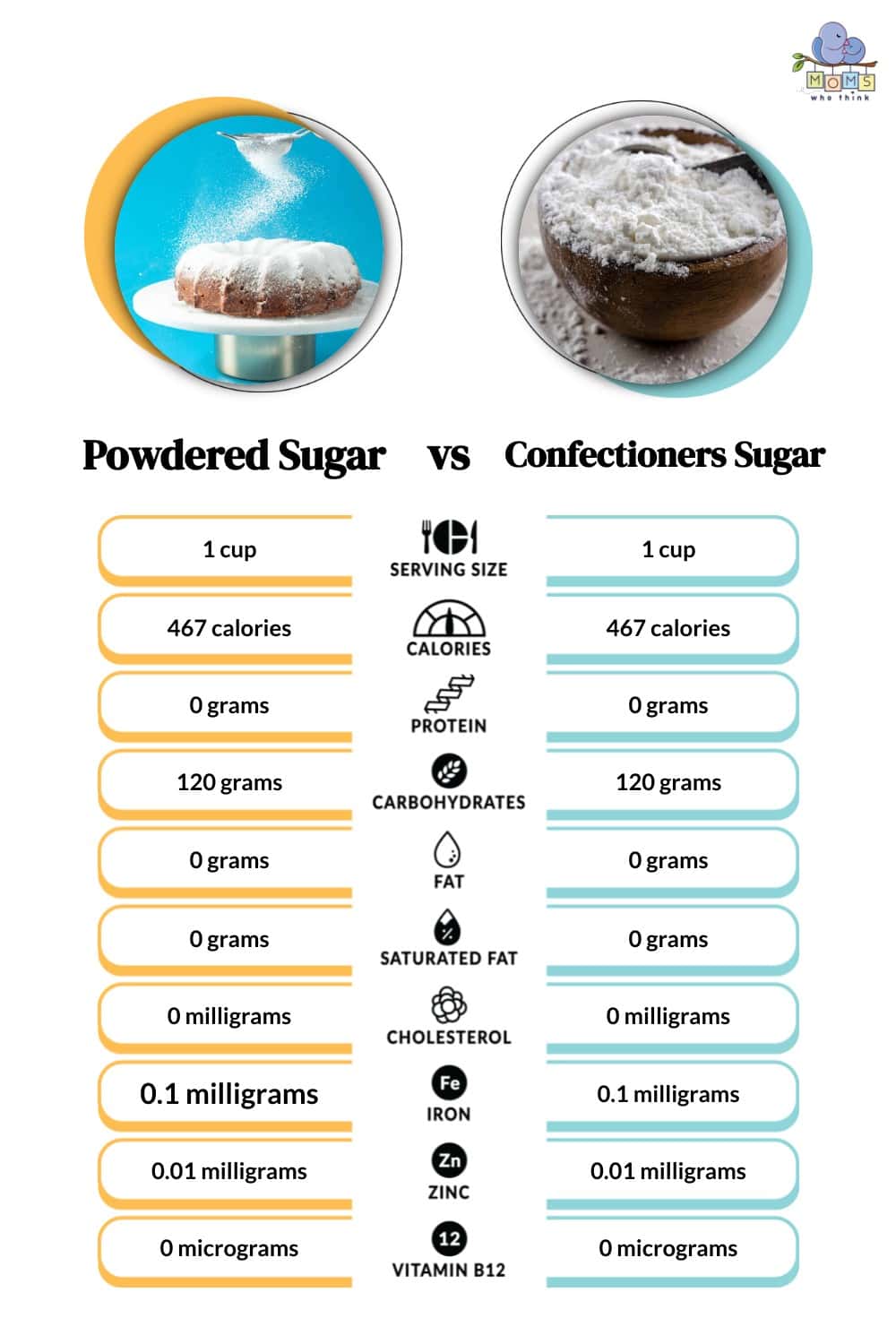
The image featured at the top of this post is ©Fascinadora/Shutterstock.com.
